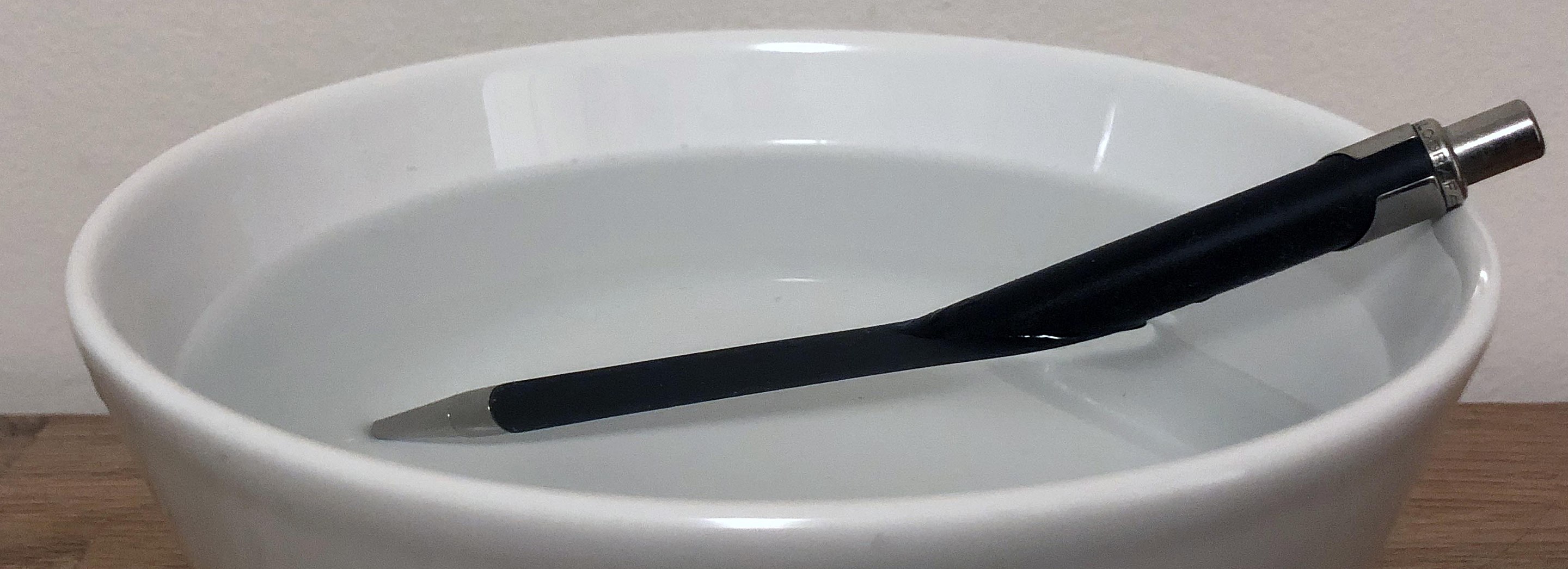Let’s get started!
Partially fill a clear glass with water, put a pen into it, and look at it from the side. The pen appears to bend at the boundary between air and water. If you have never done this, you really must try it: it is truly amazing.

The angles that light makes with the surfaces of water (or glass or clear plastic) are caused by the light travelling at a different speed in water (glass, plastic) than in air. But what determines the speed of light in a material?
Light is a wave of electricity and magnetism. The speed that light propagates in a material is related to two properties of the material. What these properties are isn’t as important as that they exist for transparent materials. But for clarity, let’s specify them. (OK, couple of uncommon words coming up but you can handle this!) One is the permittivity of the material; this is the ability of the material to store an electric charge when in the presence of an electric field.
The second property is the permeability of the material, which is the ability of the material to store a magnetic field. Since a wave of light is a propagating electric wave and at right angles to it, a magnetic wave, both properties of the material play a role in changing the speed of light through the material. The higher the permeability and permittivity, the greater the effect of the material on the speed of light passing through it.
When the light wave enters the material, some of its energy is stored in the material. This changes the speed of light inside the material. When the light leaves the material, the energy is restored, and the original speed of light is resumed. The amount of this effect is determined by the permittivity and the permeability.
Why is this important? Because the same effect applies when the transparent material is space. The speed of light in a vacuum is determined by the permittivity and permeability of the vacuum. The vacuum is acting like a material, albeit a very lightweight one.
For example, if we take the permittivity of the vacuum as 1, then the permittivity of air is 1.000 589, that of water is 1.77. Similarly, if the permeability of the vacuum is taken as 1, the permeability of air is 1.000 000 37 and of water 0.999 992. The result is that the speed of light in water is about 77% of that in a vacuum. But more importantly: this means space, what we think of as a vacuum, is behaving like a material. This sets the stage for the basic hypothesis of The New Physics model.